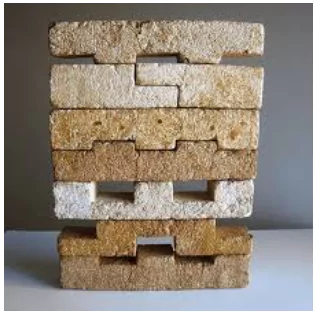![]() 13 Mar 2025
13 Mar 2025

The use of Mycelium bricks in construction activities has the potential to limit the carbon emissions of the construction industry.
 The brick takes roughly five days to grow and harden to become usable.
The brick takes roughly five days to grow and harden to become usable.
<div class="new-fform">
</div>